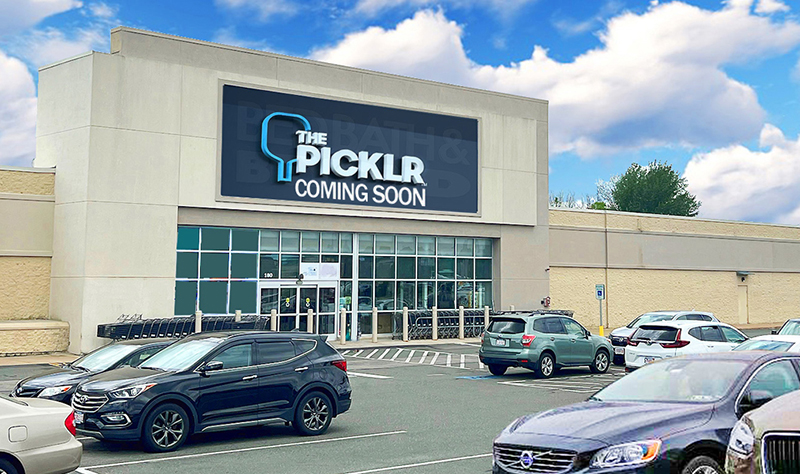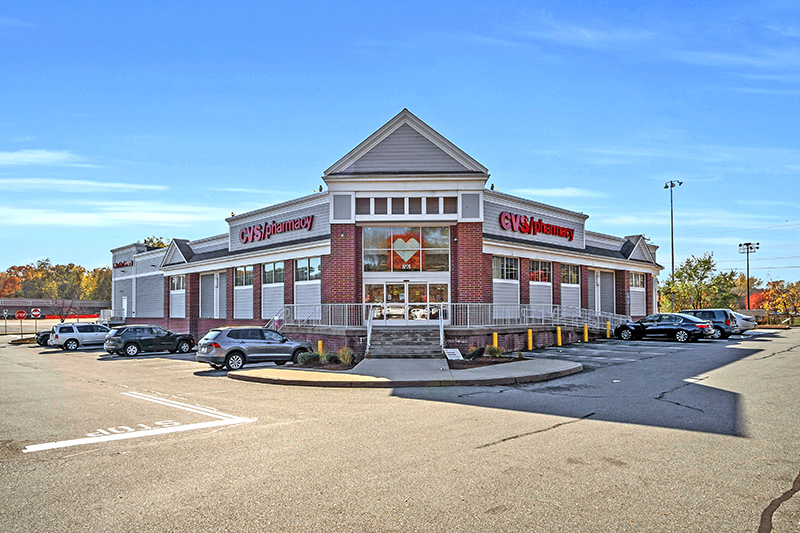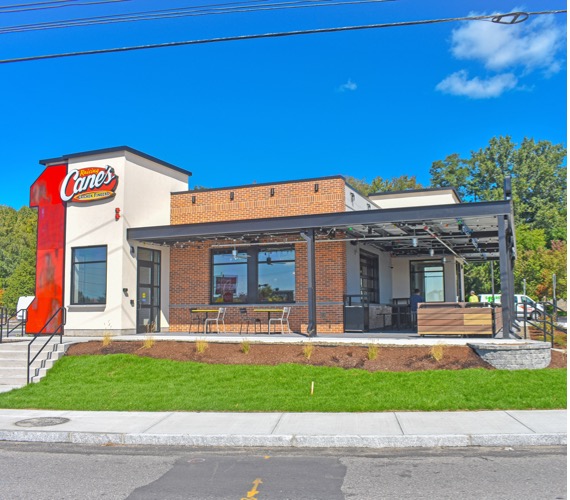Retail Mid-Summer 2023 - by Carol Todreas

Since the beginning of the year the list of retailers who have filed for Chapter 11 seems to have grown exponentially with one of the recent ones, Christmas Tree Shops,being a bit tough to swallow since it had been local to New England and a favorite for many. The old way of doing retail is no longer viable; yet, retailers who know their market are clamoring for space in good malls. Commercial districts in many suburbs and small towns are starting to be attractive to retailers, although there are still vacancies in some well-known retail street locations as landlords hold the line for top dollar rents.
Here is a brief summary of what is going on.
1. Market conditions are shifting rapidly and tough to keep up with.
The economic side: the recession is coming, refrain does not stop and is threatening the average consumer. Inflation has been curbed to some extent, but not nearly enough for most consumers to feel it in their wallets. Jobs are available, the employment level being exceptionally low at 2+ something percent, but the jobs are those that are not so desirable so they remain unfilled. Office workers are not quite confident they will be able to keep their beloved hybrid work hours and remain slightly unhinged. Student loans will claim significant chunks of dollars once spent for retail. Lastly interest rates are not tolerable for most.
2. Consumer behavior continues to change.
Consumers want physical stores, but not the physical stores of yesteryear. Instead they want edited or curated merchandise and they want a “cool”shopping experience with the ability to be both in the present time and also to be on line simultaneously. Most important, they want to shop at a store that has social justice participation as part of its brand ; i.e., gives to the poor, helps the environment, has a given mission. Consumers now who work a few days from home want stores and eateries within a three to four block walk. Many have moved to small towns and suburbs and want to shop locally saving car trips for one or two days per week when possible. Traffic is a big factor, so they are driving less for shopping and only to the best malls with the brands they prefer. They are also buying better quality and thus less throw-away merchandise. With the loss of student loan exemption, it is expected there will be a big decrease in consumer spending, particularly of electronics, apparel, and sporting goods.
3. The retailer and landlord have some work to do
Retailers have to re-think their stores. Be it chain or local merchant, stores need to be visually appealing, sales help needs to be friendly and informed but not pushy, and merchandise needs to be carefully aligned with the market. Retailers must know their customers wants and connect with them via all the media available from social media sites to direct mail to in-person special events that serve to create a community. Retailers and landlords both need to be part of the greater community and neighborhood where they are located. They need to have street promotions weekly or monthly where they meet and greet their customers. In commercial districts, parking needs to be available and well managed, and pedestrian amenities, such as benches, clean sidewalks, good lighting and bike parking are still of great importance. The customer places great value on convenience and an inviting safe environment.
The short take-away
• Pre-pandemic stores are no longer appealing.
• Consumers want to shop at discount prices in physical stores as well as to search for bargains on line.
• Convenience, a welcoming environment and social cause are important.
• Merchandise must be curated.
• Good mall design, merchandising and marketing continue to win consumers.
• Neighborhood commercial locations are attracting retailers as consumers work more from home.
Last words: Despite unsteady economic conditions and changing consumer behavior, retail is adapting and succeeding.
Carol Todreas is retail consultant for Todreas Hanley Associates, Cambridge, Mass.
Mace of KeyPoint Partners negotiates 36,192 s/f lease for The Picklr at Endicott Square
Danvers, MA KeyPoint Partners (KPP) negotiated a lease with the nation’s premier indoor pickleball venue The Picklr at Endicott Sq. Vice president of retail brokerage Don Mace negotiated the transaction on behalf of the landlord.




.jpg)



